The Uber driver's number 1 question
Thinking about a career as an Uber driver? One of your first questions is probably “how much will I make?”
This guide will give you a transparent look at an Uber driver’s potential earnings and the key expenses to consider.
Chapter List
Chapter 1: How much do Uber drivers make in the UK?
Chapter 2: How much does Uber take from passenger fares?
Chapter 3: What are Uber fees?
Chapter 4: What are some common expenses for an Uber driver?
Chapter 5: What is surge pricing?
Chapter 6: How to maximise your Uber profits
Let's look at some figures for a typical 45-hour week.
A study by Otto Car put the average hourly rate of an off-peak Uber driver in London at £20.48, after Uber takes their cut of the fare.
Over a 45-hour week, this driver could expect to earn:
- £922 a week
- That's £4,000 a month
- Or £47,000 a year
Other estimates put Uber driver pay at between £15 and £25 per hour.
However, you will need to factor in expenses - we’ll get into those further down.
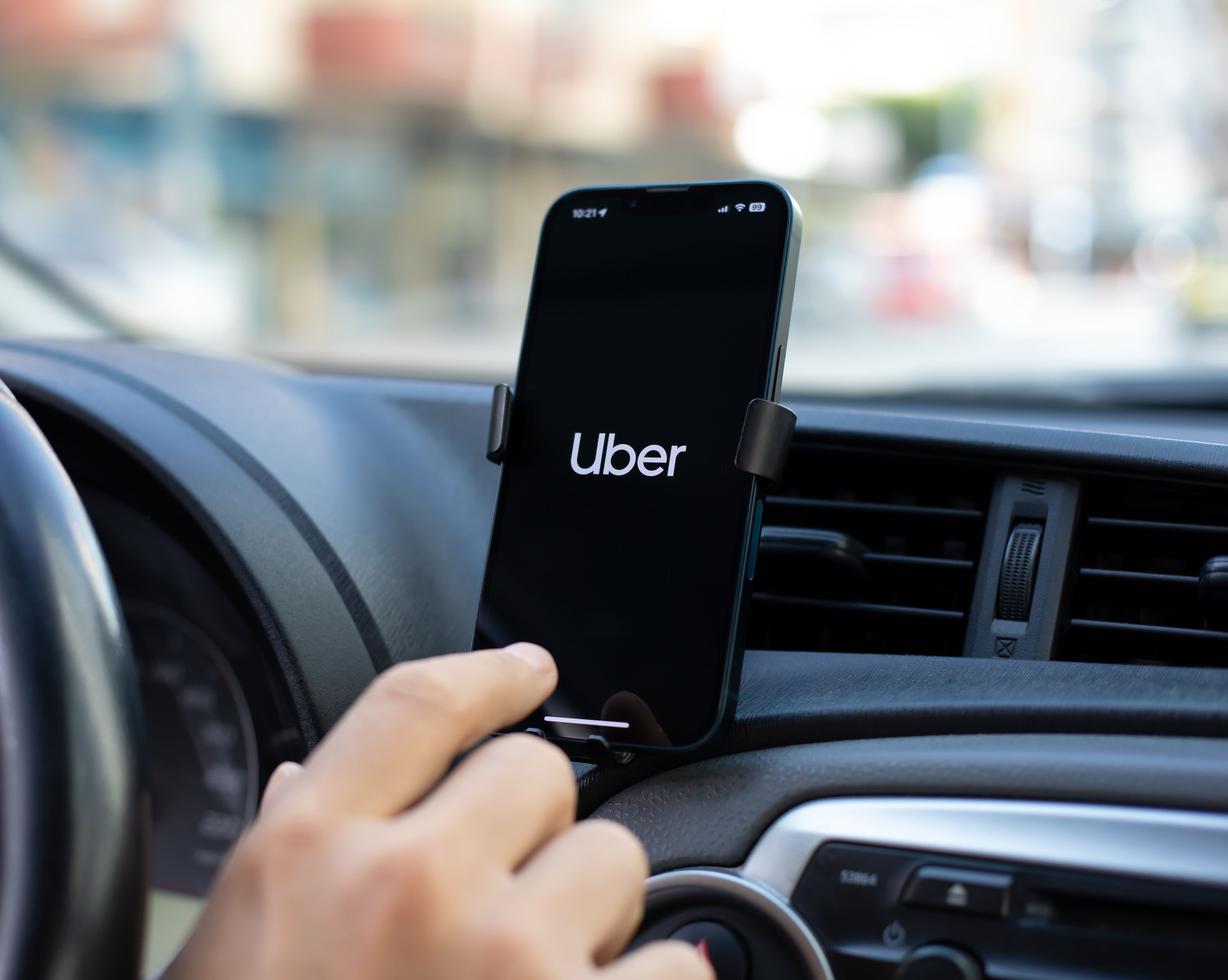

Are Uber drivers self-employed?
As an Uber driver, you’ll be classed as a “Worker”, which is a unique classification under UK law. In essence, it means that while you continue to decide when and where you work, you’ll still benefit from a pension, holiday pay and salary top-ups.
Since May 2021, Uber have paid their drivers at least the National Living Wage. This means if you make less than £12.21 an hour while accepting and carrying out trips, Uber will pay you the difference.
Drivers are also paid 12.07% of their earnings fortnightly as holiday pay.
It’s important to note that drivers remain self-employed, meaning you’re responsible for your annual tax return.
Chapter 3:
What are Uber fees?
Aside from the basic fare amount, based on estimated distance and travel time, there are other fees paid by the customer that can make up a fare.
These include:
- Cancellation fee - paid by the customer if they cancel their ride after confirmation. This will be passed to you
- Tolls, airport charges - customers are also responsible for these charges, and it will be built into their fare
- Waiting fee - If customers keep you waiting for more than two minutes after their pick-up time, they’ll be charged extra by the minute

How do Uber drivers get paid?
Uber drivers get paid weekly. Salary earned from fares and tips will be automatically sent to your registered bank account.
If you’re eligible, you can choose to cash out your money immediately for a small fee, or in 1-2 business days with no charge.
Image source: Uber

Chapter 4:
What are some common expenses for an Uber driver?
Before you start thinking about the money to be made as an Uber driver, it’s important to consider the expenses of the job. These can include:
- Fuel - This will be one of your biggest outgoings. Your costs will depend on your vehicle’s MPG and how much you drive. This is why many drivers opt for hybrid or electric vehicles to help keep costs down.
- Congestion and clean air charges - If you mainly drive in busy city centres, chances are you’ve come across clean air or congestion zones. However, if your vehicle meets emission standards, you might not have to pay.
- Insurance - This isn’t just a fee, it’s a legal requirement and an essential business cost. Finding the right policy can help protect your livelihood.
- Vehicle repayments - If you’ve chosen to purchase a car on finance, you’ll need to factor in these repayments as your vehicle is crucial to your job.
- Car cleaning - A clean car speaks volumes to riders about you and your reputation as highly-rated Uber driver.
We'll explore each of these in more detail below.
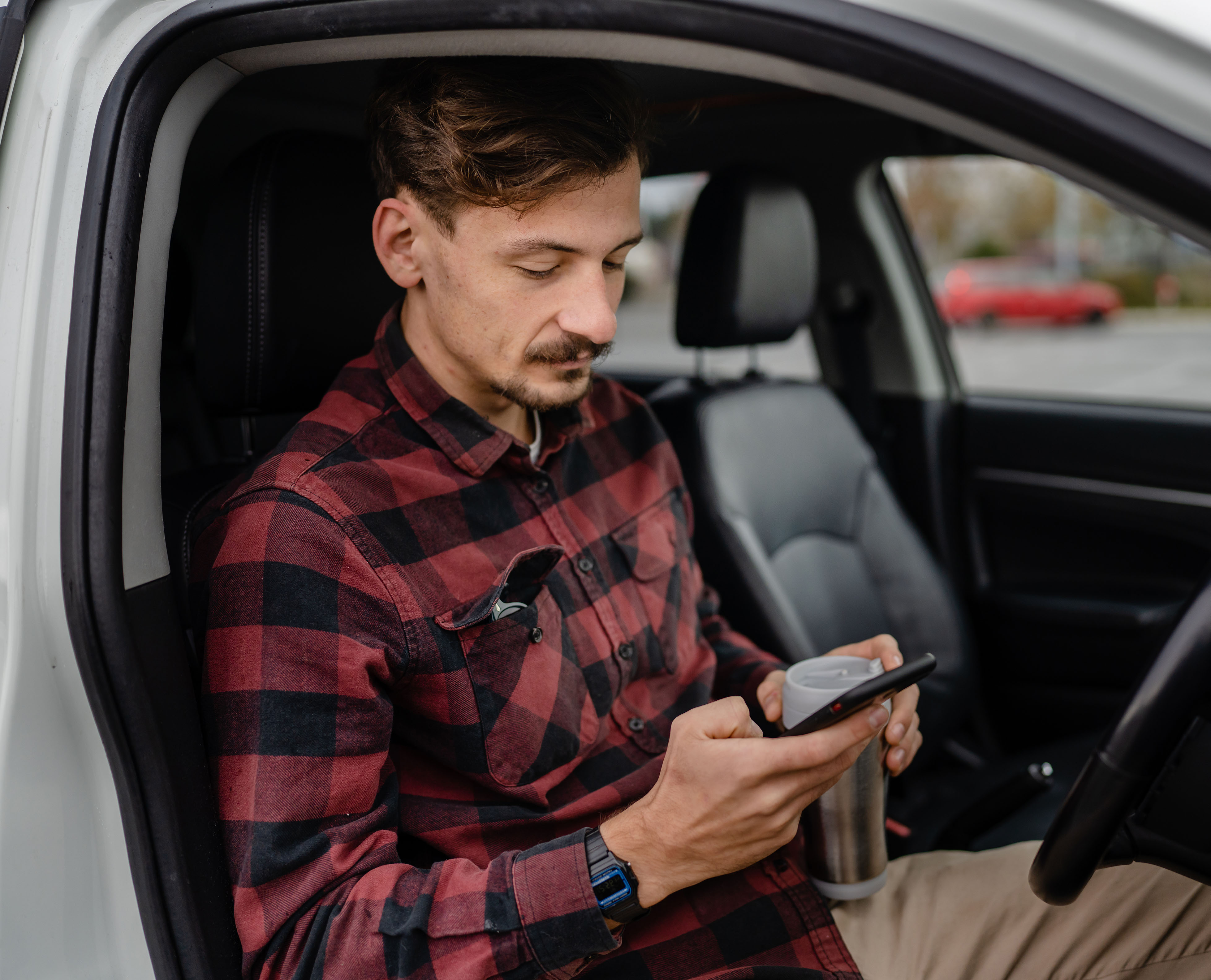
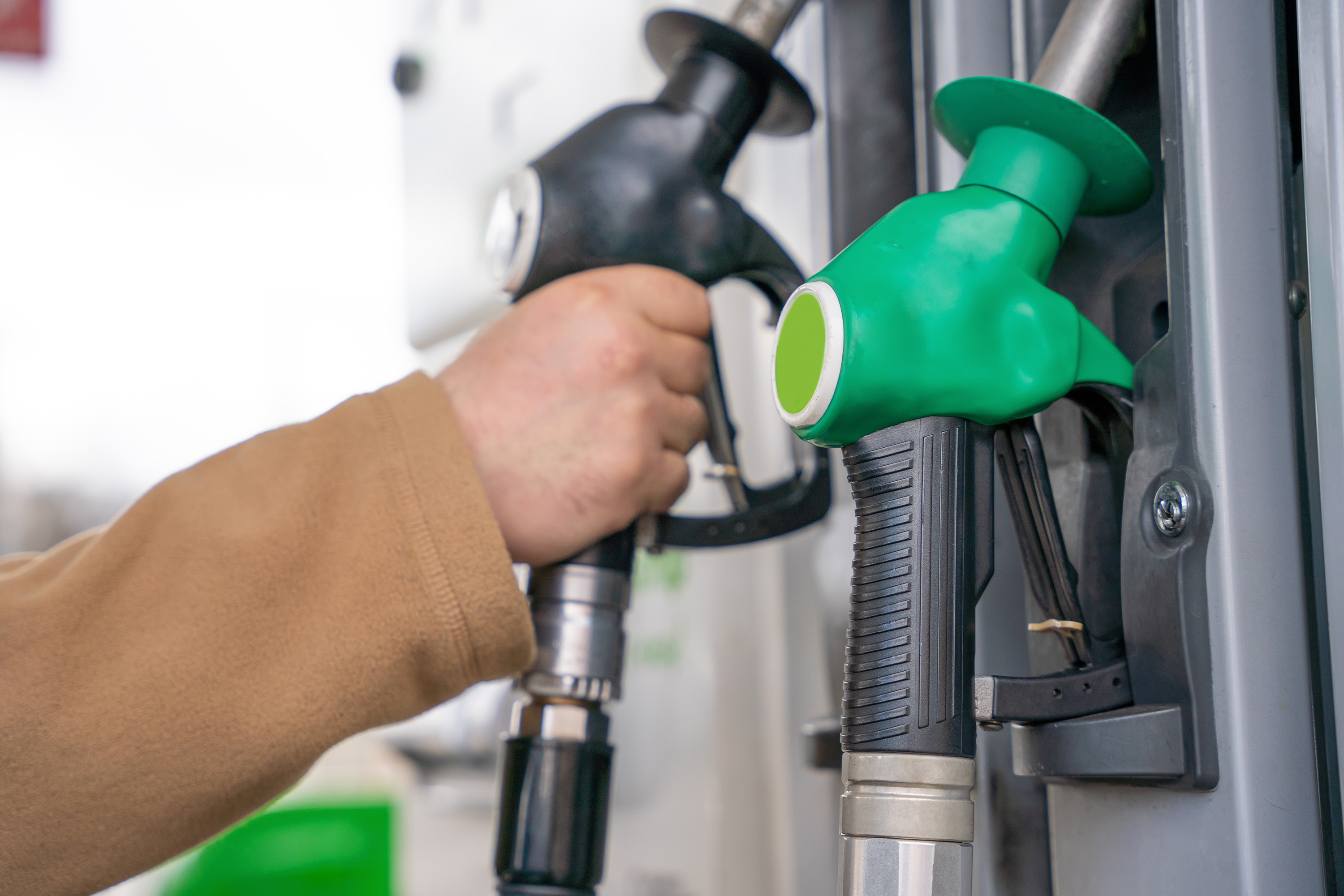
How much do Uber drivers spend on fuel?
In 2025, petrol prices have hovered around £1.35 per litre according to Statista.
Amongst our drivers, we found the Toyota Prius is the most popular car of choice for Uber drivers. Newer models can get 57 miles per gallon, meaning a driver averaging 150 miles daily could be spending £16 - £20 a day on fuel (depending on how you drive).
Clean air zones and congestion charges
If you’re driving in a major city, you may have to take into account charges for driving through clean air zones. These are areas where measures are in place to reduce pollution levels.

Use the government’s official Clean Air Zone website to check if your vehicle is eligible to pay the charges. Never use third-party websites to pay your clean air zone charge.
In London, private hire drivers are subject to a £15 congestion charge daily, unless:
- Your vehicle is a designated wheelchair accessible vehicle and you’re carrying out a private hire booking
OR - Your vehicle is zero-emission capable and actively carrying out a booking.
In addition to the congestion charge, non-compliant vehicles will also pay £12.50 on top in the Ultra Low Emission Zone (ULEZ).
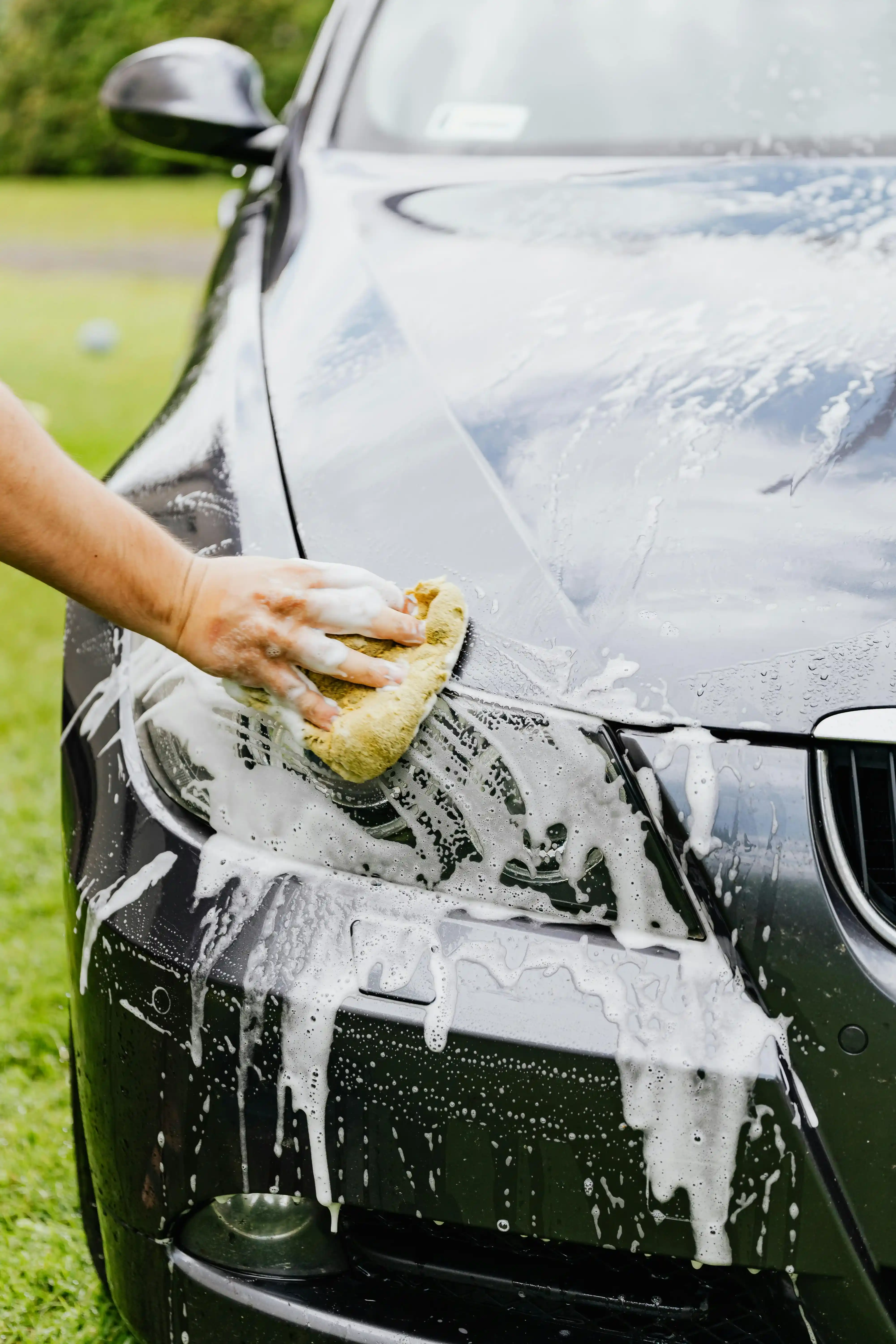
The cost of keeping your car clean
One of the best ways to earn tips is to keep your vehicle clean and tidy. With passengers getting in and out of your vehicle week long, and driving in all weather conditions, you might find yourself with a weekly trip to the car wash.
Depending on which service you choose, you can spend anywhere from £5 at an automatic car wash all the way up to £250 if you want a full clean and valet.
Keeping on top of vehicle repayments
Car repayment amounts vary massively depending on your vehicle, your lease terms, provider and APR.
Example:
In 2023, the average car loan was £12,482. Over a 3-year lease term, that’s a repayment of £346 per month, without interest.
If you’re looking to buy new, it could pay to look for promotions, 0% APR options and extra discounts or partnerships through Uber.

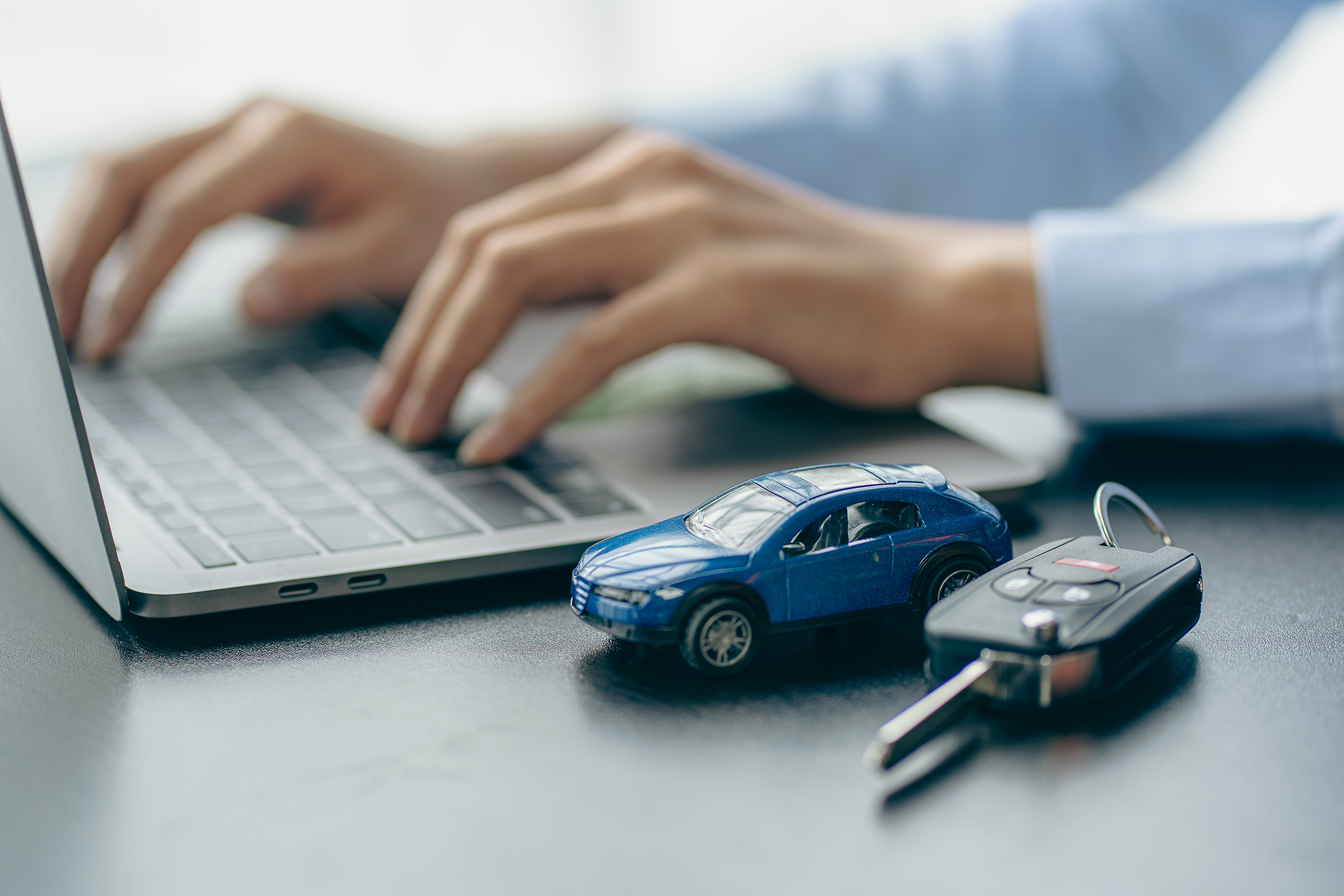
What insurance do I need for Uber?
One of your largest and most essential expenses is Uber insurance. Without it, you can’t work for Uber legally.
INSHUR use hundreds of data points when creating insurance quotes that are personalised to each driver.
This means we can give you a fair price based on your individual circumstances. Plus, good driver habits can lead to a better price at renewal.
Read all about getting covered with our in-depth guide to buying Uber insurance.
Chapter 5:
What is Uber surge pricing?
Surge pricing is a strategy Uber uses when rider requests are high.
This could be due to bad weather, after a large event such as a concert or a sporting event, or during peak times like afternoon and morning rush hours.
If there aren’t enough drivers to meet demand, prices will increase - passengers willing to pay a higher price will get a ride.
Drivers will be notified by Uber when surge pricing is in effect. Taking advantage of this demand is a great way to earn some extra money.
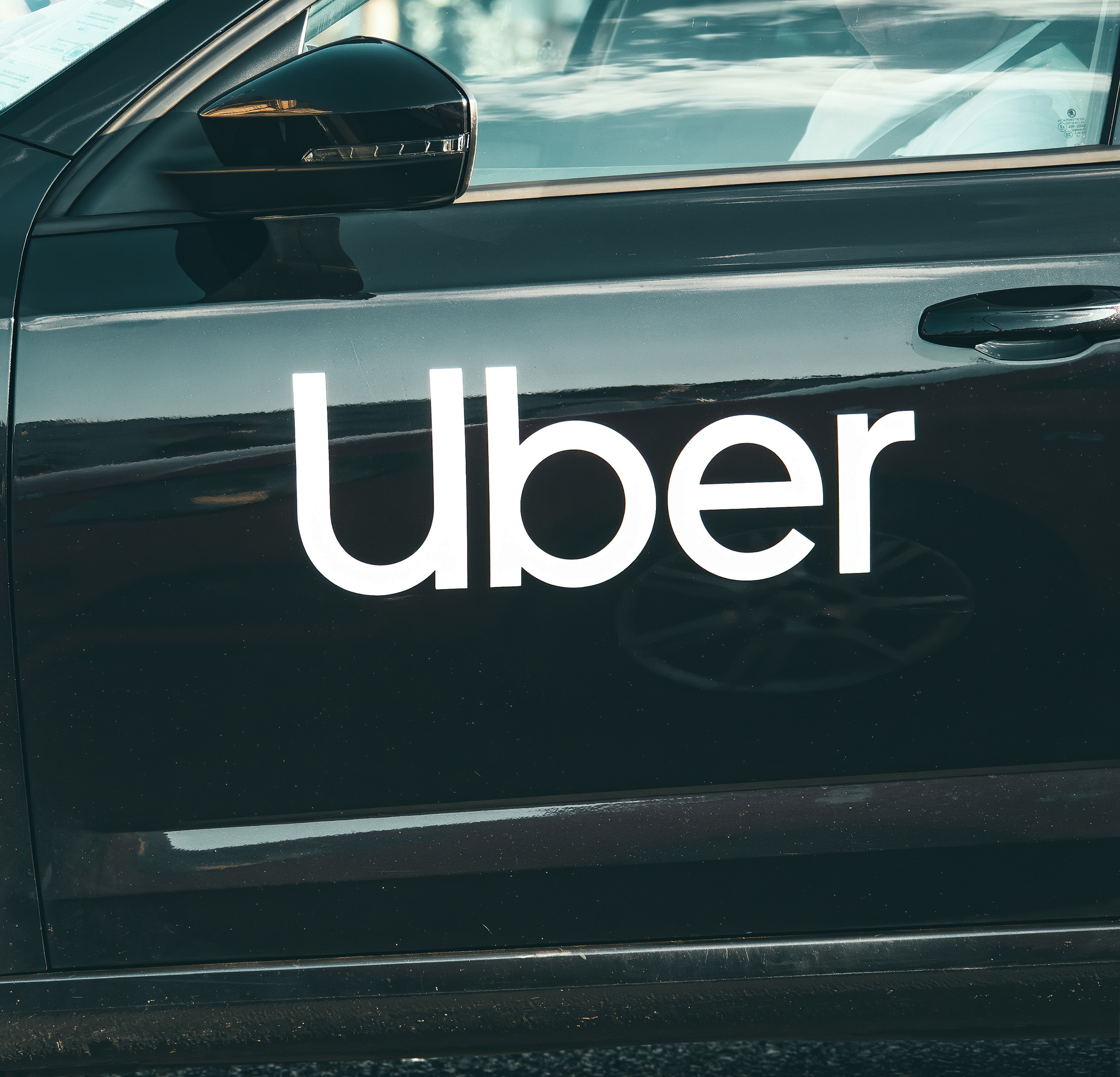
Maintain a clean car - make sure the exterior is clean, and keep the inside tidy. Use air fresheners to keep your car smelling fresh.
Be polite and professional - be led by your passenger, don’t force conversation if they’re not chatty.
Offer good navigation and smooth driving - if your passenger suggests a preferred route, take it
Provide extras like phone charger cables or bottled water - you never know when you might pick up a passenger in need of some extra juice!
Ready to start your INSHUR journey?
Tap the button below to start your quote and get covered in minutes
Further guides and resources for Uber drivers
Discover more about what it takes to become an Uber driver.
Read more from this series:

How much do Uber drivers earn in the UK?
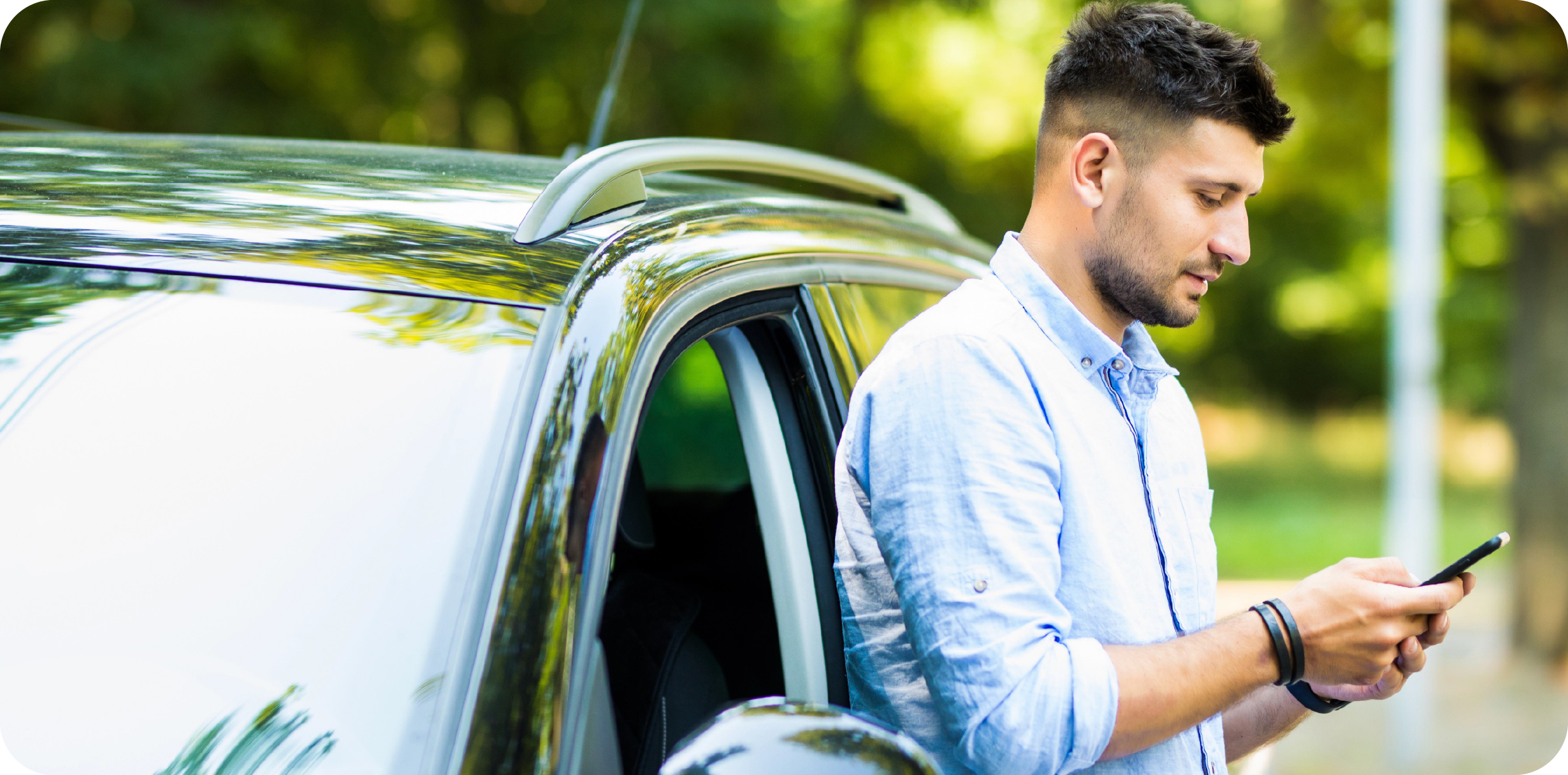
How to buy Uber insurance
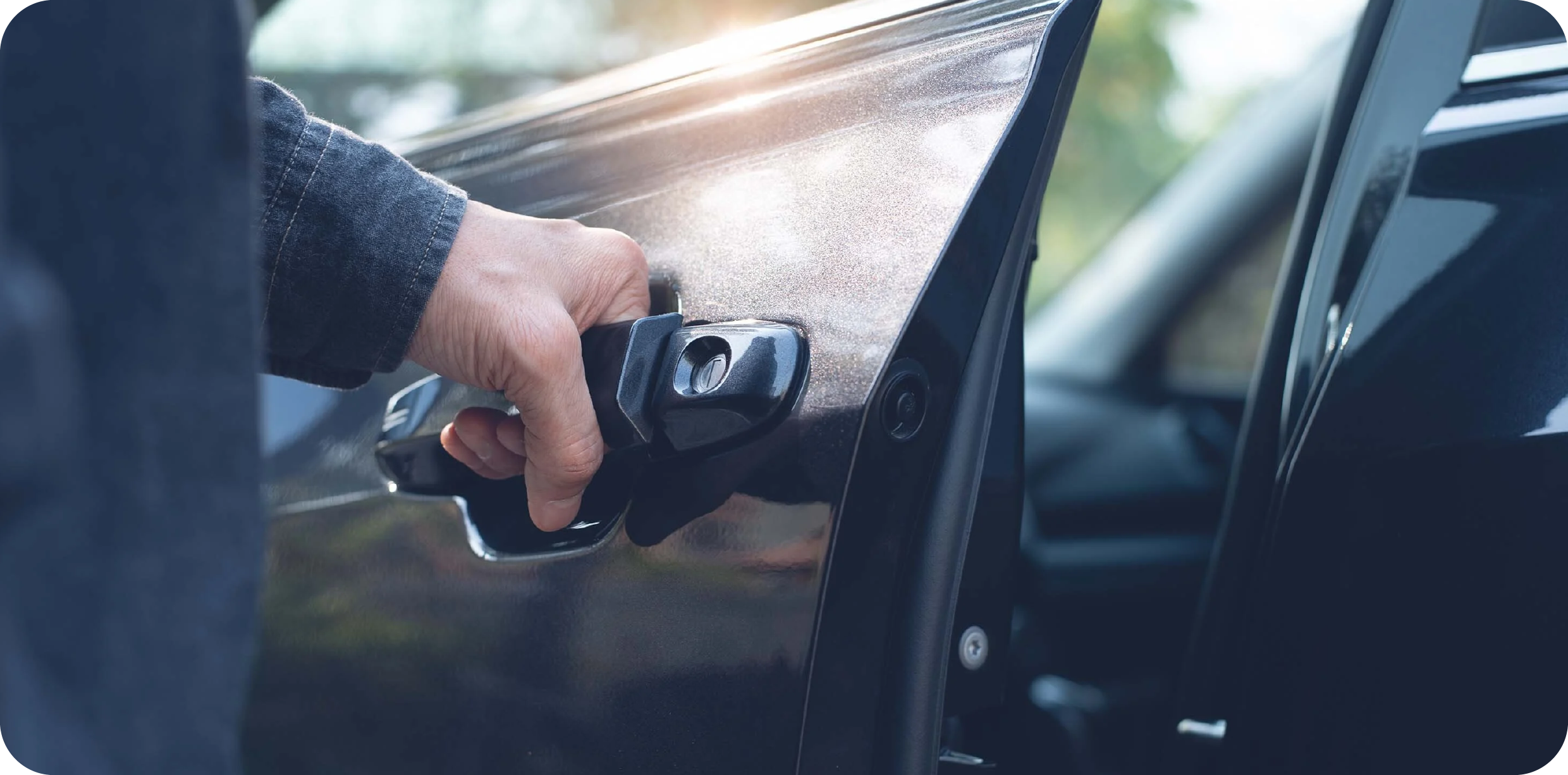
What are Uber's vehicle requirements?
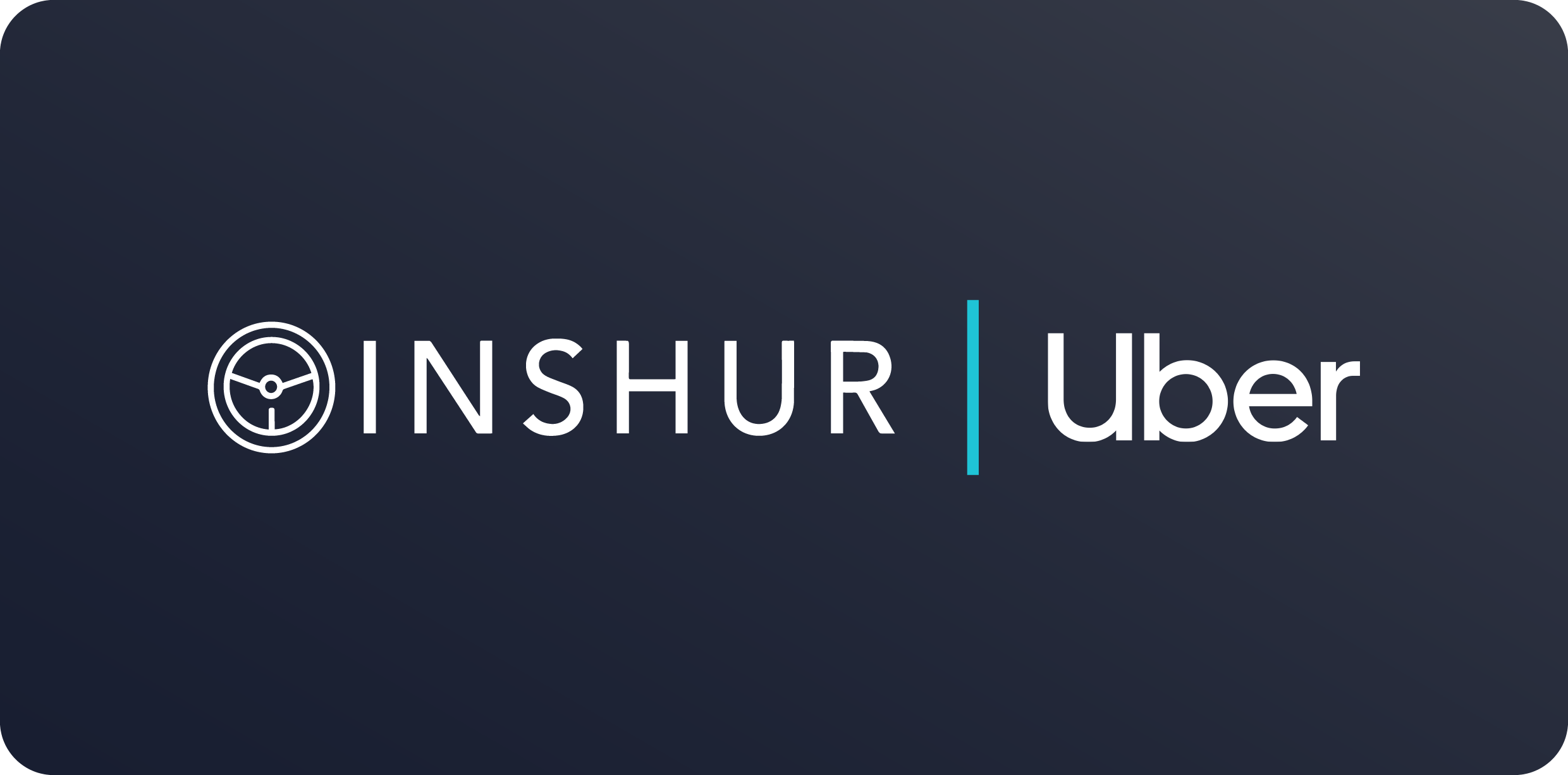
Why choose INSHUR for your Uber insurance?
What to hear more from us?
Sign up to receive our monthly newsletter where we will share driver and rider guidance, tips, and more.
